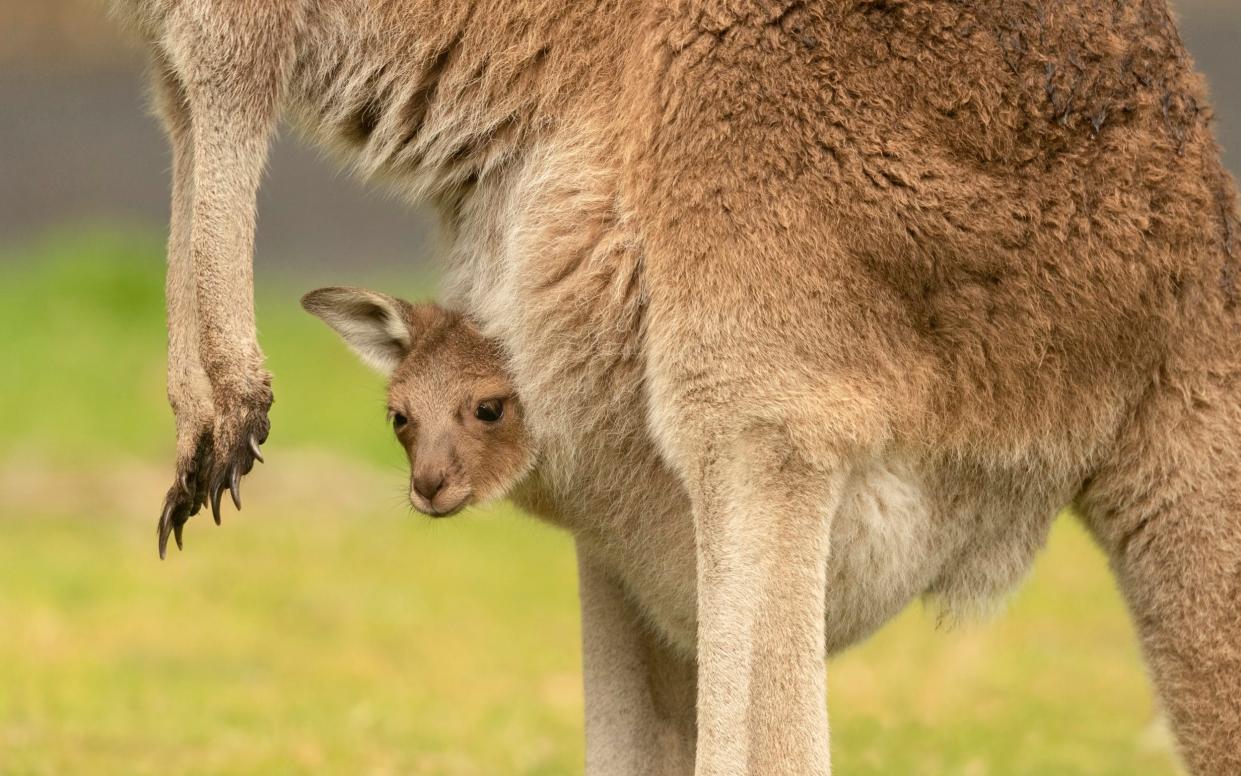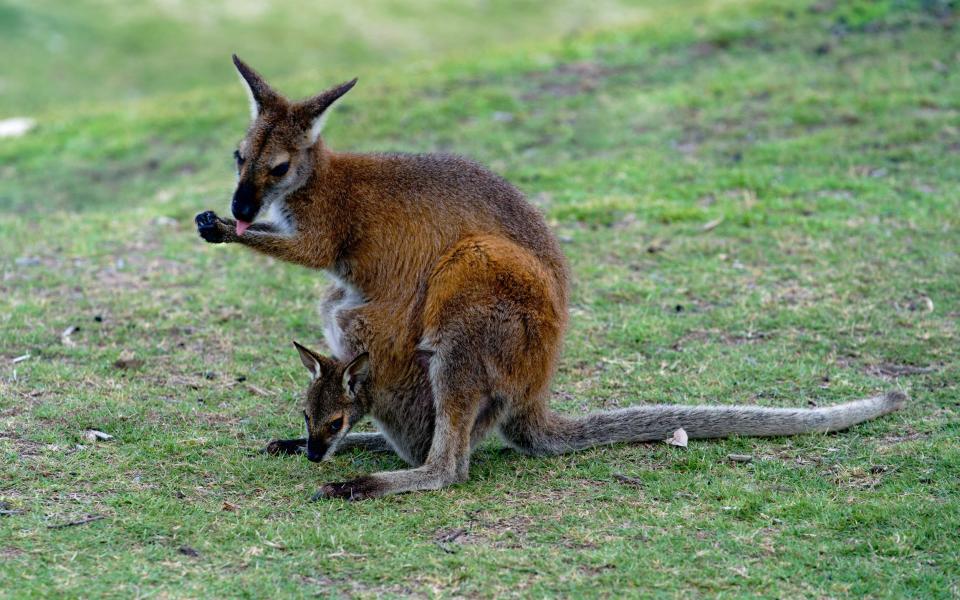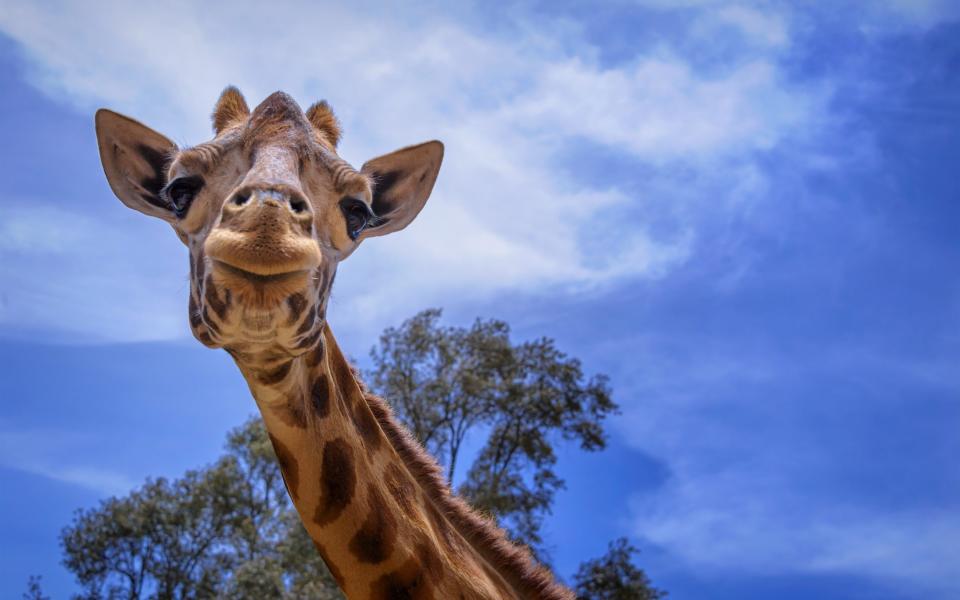The health lessons animals can teach us

The idea came about pre-Covid, when Dr Matt Morgan was treating a patient who had choked on a Hobnob. The biscuit had entered the man’s lungs and caused a cardiac arrest. When a flock of birds flew past the hospital window, Dr Morgan wondered why they did not die, despite continually inhaling things that could block their lungs as they flew.
“My obsession with what animals can teach us about human medicine was born – from a simple Hobnob,” he writes.
He has now turned this obsession into a book, One Medicine, which explores what animals can teach us about human physiology and healthcare.
Although Covid forced him to put the book on hold while working busy intensive care shifts at the University Hospital of Wales (“I saw things I wish I’d never seen,” he says of that period), the pandemic also illustrated the urgency of a better appreciation of our relationship with animals and the implications for humans.
So what can we learn from the amimal world? Dr Morgan’s first answer to the question involves, surprisingly, female kangaroos – creatures, he notes, that have three vaginas: two for having sex and one for giving birth.

Despite this rather stark difference, studying pregnancy in marsupials like kangaroos has helped us understand how to improve IVF success rates, he says. In humans, three quarters of unsuccessful pregnancies result from failed implantation, rather than fertilisation. For implantation to succeed, the woman’s body must accept the “alien invader” – the embryo. It is known that too much inflammation in early pregnancy can cause miscarriage, similar to when the body tries to expel an infection. “Researchers had experimented with drugs and procedures to dampen down the immune system,” says Dr Morgan.
It was only by studying marsupial pregnancies in which an inflammatory reaction occurs, that scientists understood that some inflammation helps implantation and placental development. This helped explain why suppressing inflammation with drugs such as ibuprofen can lower rather than improve human IVF success rates.
Other animals can teach us different lessons. Dr Morgan tells the story of Casper, a Danish teenager who had “died” on a school trip 10 years earlier when the dragon boat he was racing overturned, toppling him and his fellow pupils into freezing waters. With no heartbeat, Casper was pronounced dead by paramedics.
But doctors decided to try to revive him anyway. Casper was put on a life support machine and lived. Oxygen had to be added directly to his blood, without using his lungs, which had been filled with lake water. This process was “just as fish had done millions of years before”, Dr Morgan says.
Ants try to reduce infections in colonies by isolating the vulnerable and practising social distancing – “the same as we eventually worked out in Covid”. They also beat us to certain techniques for killing germs, such as exposure to ultraviolet light. After emerging from hibernation, they swarm over their nests when the sun is shining. “They use the powerful solar UV rays to kill bacteria on the surface of their bodies after a long winter in cramped conditions being heated by rotting vegetation,” Dr Morgan writes.

Wood ants gather resin from spruce trees and place it around their underground home “like hand gel in hospitals”. This resin has been shown to kill pathogens including MRSA, an antibiotic-resistant bacteria.
At the other end of the scale, we learn how giraffes – which have the highest blood pressure of any animal – have enough blood flowing to the tip of their brain, despite the long distance between heart and head. Studying the giraffe’s adaptations can help in the treatment of human brain injuries, Dr Morgan says, for instance by teaching us to manage patients’ blood pressure to ensure the brain receives enough blood.
The lessons in the book are wide-ranging. Dolphins, he says, can teach us the value of harm reduction strategies when it comes to drug use, as opposed to “simple, ineffective messages of no”. Why? Because dolphins deliberately get high using a “carefully administered amount of poison” from puffer fish. This desire to get out of it is not a uniquely human failing. But we could learn from dolphins who instinctively know just the right amount to take.
When apes groom each other for bugs, it is really about social connections: the sort of connections humans need to avoid loneliness – “a cancer that may kill as many as smoking and obesity”.
While some of Dr Morgan’s ideas might sound far-fetched, mainstream medicine has already integrated lessons from the animal world, as he describes in his book.
Such lessons highlight the need for closer collaboration between animal and human doctors, Dr Morgan argues. “Doctors and vets, why aren’t we working and training together, going to conferences together and discovering things together?” he says. “It just makes sense to benefit from knowledge of all species.”
One Medicine by Dr Matt Morgan (RRP £16.99). Buy for £14.99 at books.telegraph.co.uk or call 0844 871 1514

 Yahoo News
Yahoo News 
